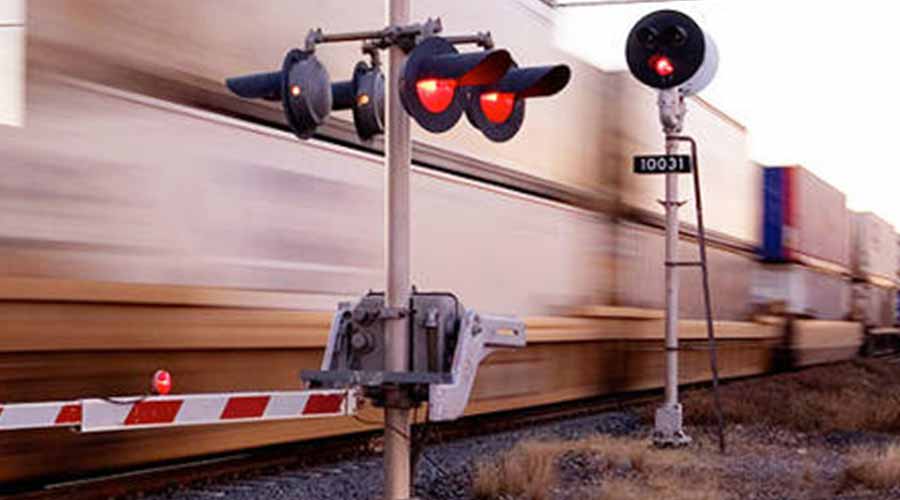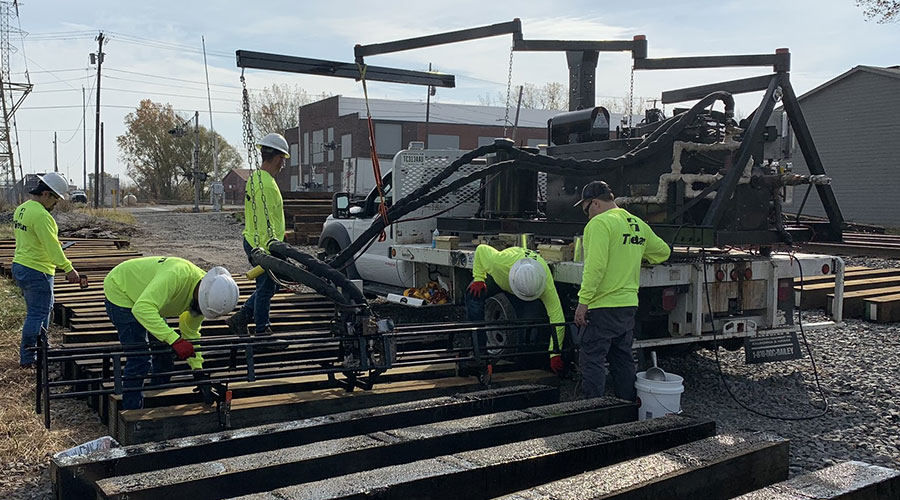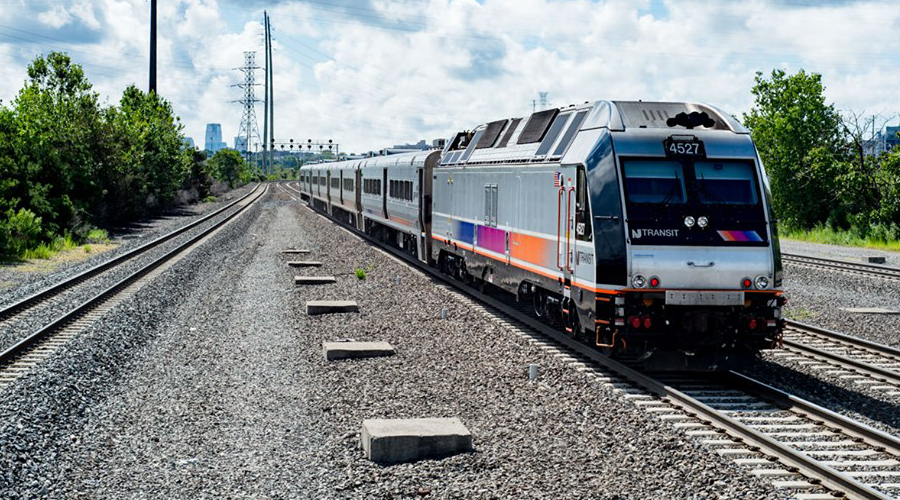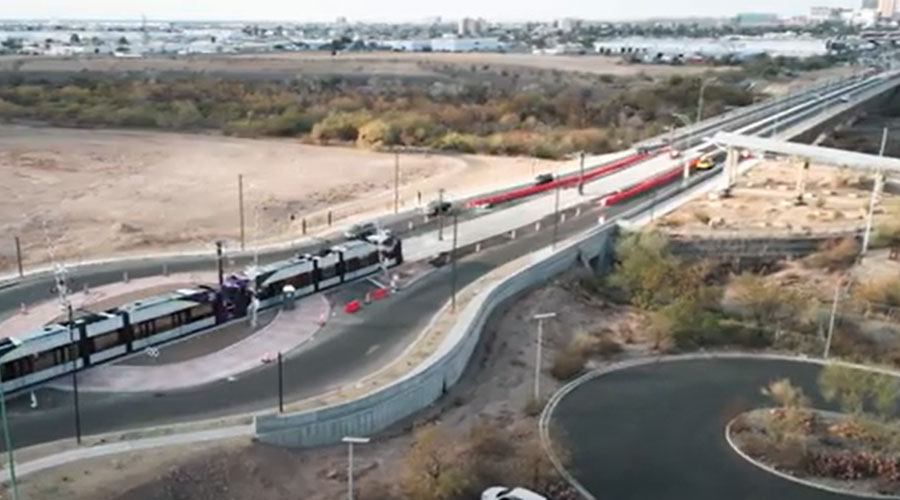Stay updated on news, articles and information for the rail industry
1/6/2020
Rail News: Rail Industry Trends
AAR: Coal, trade disputes caused U.S. rail traffic decline in 2019

U.S. freight railroad traffic fell 5 percent to 26,704,974 carloads and intermodal units last year compared with 2018 levels, the Association of American Railroads (AAR) reported last week.
Total carloads declined 4.9 percent to 12,972,404 units, while intermodal volume fell 5.1 percent to 13,732,570 containers and trailers compared with a year ago, AAR officials said in a press release.
"No question, 2019 was a challenging year for rail traffic, thanks mainly to the macroeconomy and continued years-long changes in energy markets,” said AAR Senior Vice President John Gray. "Trade disputes and the general economic uncertainty they spawned harmed rail-served industries much more than the overall economy."
Recent progress on the U.S.-Mexico-Canada trade agreement and in trade talks with China have railroad officials feeling "hopeful" that such lingering issues will be resolved this year, Gray added.
Coal was the the biggest source of U.S. rail carload decline in 2019, falling 9.2 percent — more than 405,000 carloads — from 2018's level, he said.
Coal carloads in 2019 were their lowest in decades and were 45 percent lower than their 2006 peak. Excluding coal, carloads in 2019 dipped 2.8 percent.
"Despite intermodal declines compared to 2018, 2019 was the second highest year for U.S. rail intermodal in history," Gray said. "Once trade disputes are settled and operational changes aimed at improving network efficiency are fully implemented, railroads anticipate intermodal growth will return and stand ready to meet the demands of rail customers and the U.S. economy."
Canadian and Mexican railroads also reported lower traffic volume for all of 2019. In Canada, railroads logged 7,829,717 carloads, containers and trailers, down 0.4 percent, while Mexican railroads posted 1,951,703 carloads and intermodal containers and trailers, down 2.9 percent.
Combined, North American freight-rail volume in 2019 tumbled 4 percent to 36,486,394 carloads and intermodal units versus the previous year.


 2025 MOW Spending Report: Passenger-rail programs
2025 MOW Spending Report: Passenger-rail programs
 Gardner steps down as Amtrak CEO
Gardner steps down as Amtrak CEO
 Guest comment: Oliver Wyman’s David Hunt
Guest comment: Oliver Wyman’s David Hunt
 Women of Influence in Rail eBook
Women of Influence in Rail eBook
 railPrime
railPrime








